Report No128. Summer garden in St. Petersburg (part 4). Отчёт о поездке № 128. Летний сад в Петербурге (4 часть)
0 comments

Hello to all travel lovers! Today, in my blog, I have completed a story about the Summer Garden – one of the most beautiful places in St. Petersburg. I will tell you what else is interesting in this place besides fountains, sculptures and green alleys.


ONLINE HELP: The Summer Garden is a real symbol of St. Petersburg. It can be called the main and most famous park in the city. This is the oldest garden, which was ordered to be laid by Peter I himself in 1704. The most famous Russian and foreign architects and gardeners worked on the project. Today, the park masterpiece is famous all over the world, it is one of the main attractions of the city. The summer garden in St. Petersburg is framed on all sides by water – the Neva and Fontanka rivers, Lebyazhya Kanavka and Moika. The layout of the park is simple: it consists of three parallel alleys with century-old trees.

When I posted my first post about the Summer Garden, there was a picture of a beautiful pond with sloping banks. Two white swans with the names Ruslan and Lyudmila live in this pond. This is an obvious reference to the fairy tale of A.S. Pushkin, telling about devotion, loyalty and love.
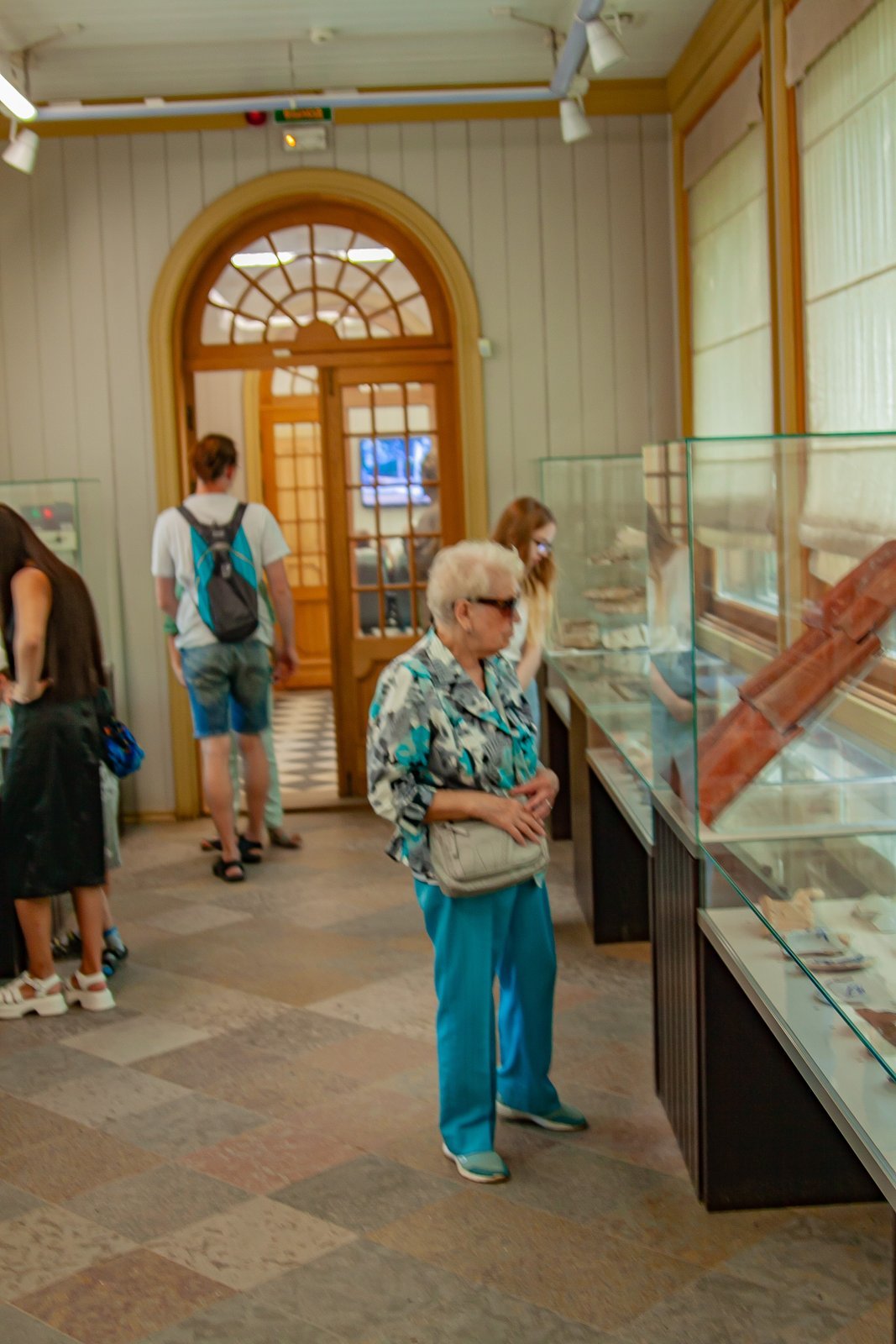
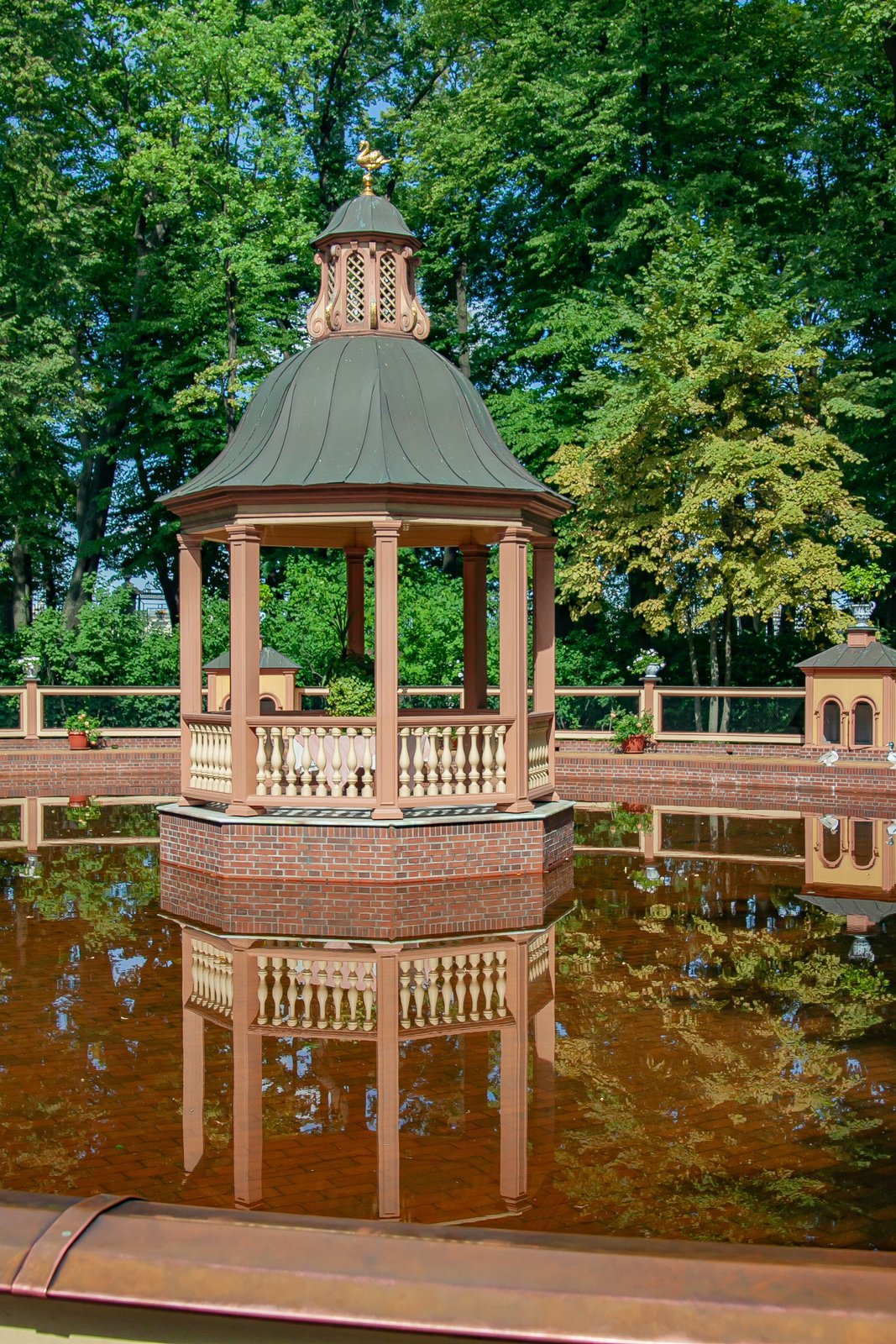
If you walk further along the alleys past the fountains, you can find a small zoo in a cozy corner of the garden. There are cages with rabbits and various birds. Children love to visit this place very much, although animals often hide in the depths of their homes, not showing themselves to visitors.

There are also several small cafes in the Summer Garden. It is very picturesque outside, but not always cozy inside, because the number of people who want to drink coffee or eat a pie is very large. It is always crowded here during the tourist season.


When we got inside the museum, located on the territory of the Summer Garden, there were very few visitors here. The museum is very small, with only two small halls, but it is equipped with the latest technology. There are several showcases with excavated pottery samples and various archaeological finds discovered in the park in different years. There is also an interactive screen where the story of the Summer Garden is told and shown.

Near the former greenhouse, you can find not only flower beds, but also real beds with radishes, dill and artichokes. All this small farm is carefully looked after by local gardeners.

If you go to the exit from the garden, the summer palace of Peter the Great is located a little to the side. This is a two-storey mansion, built according to the Dutch fashion of the early XVIII century. We didn't get inside that time, but I made a note to visit this museum on my next visit to St. Petersburg.
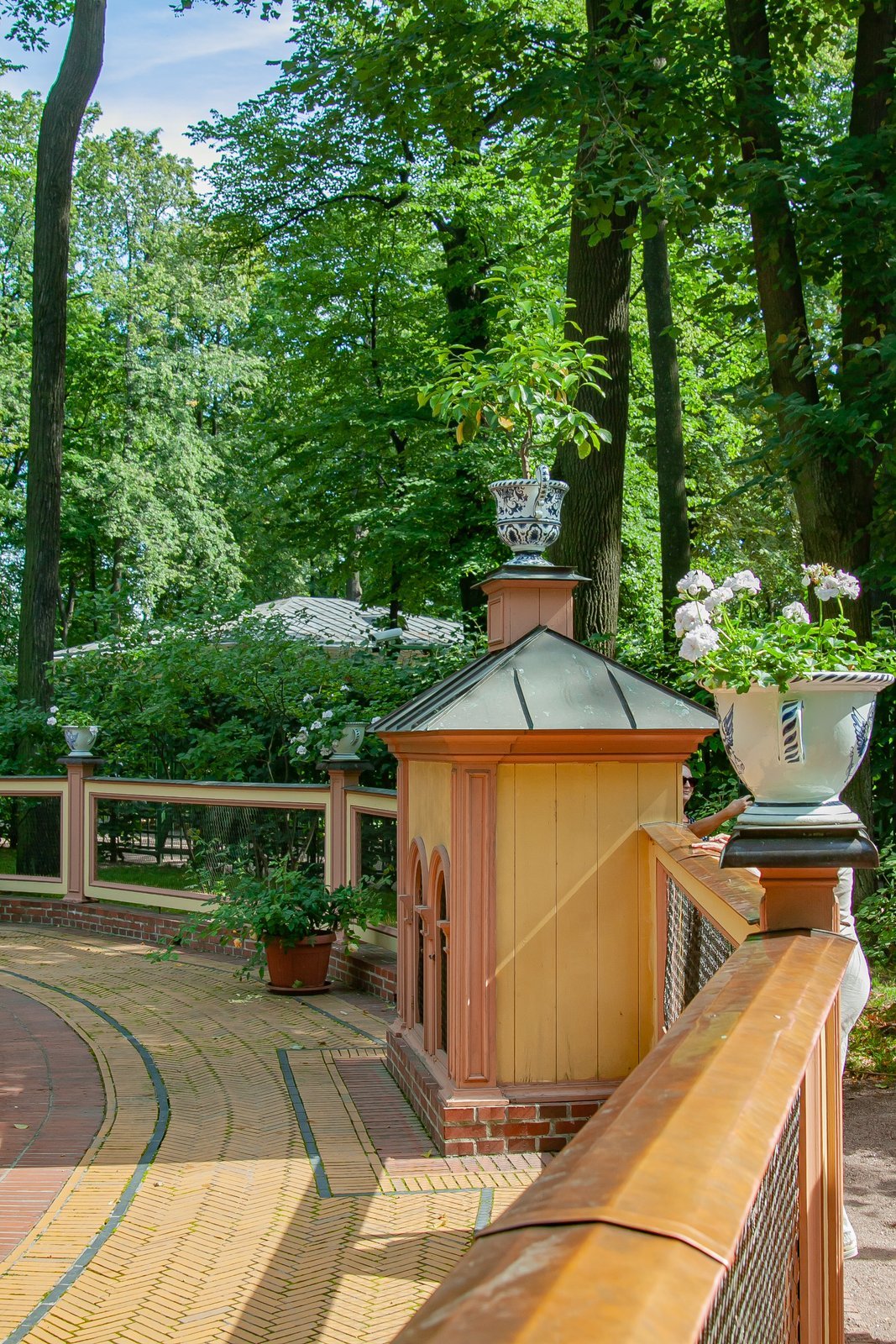

Tomorrow we will walk through the central streets and alleys of the city. I have prepared for you an architectural post about large and small buildings in St. Petersburg. And that's it for today!
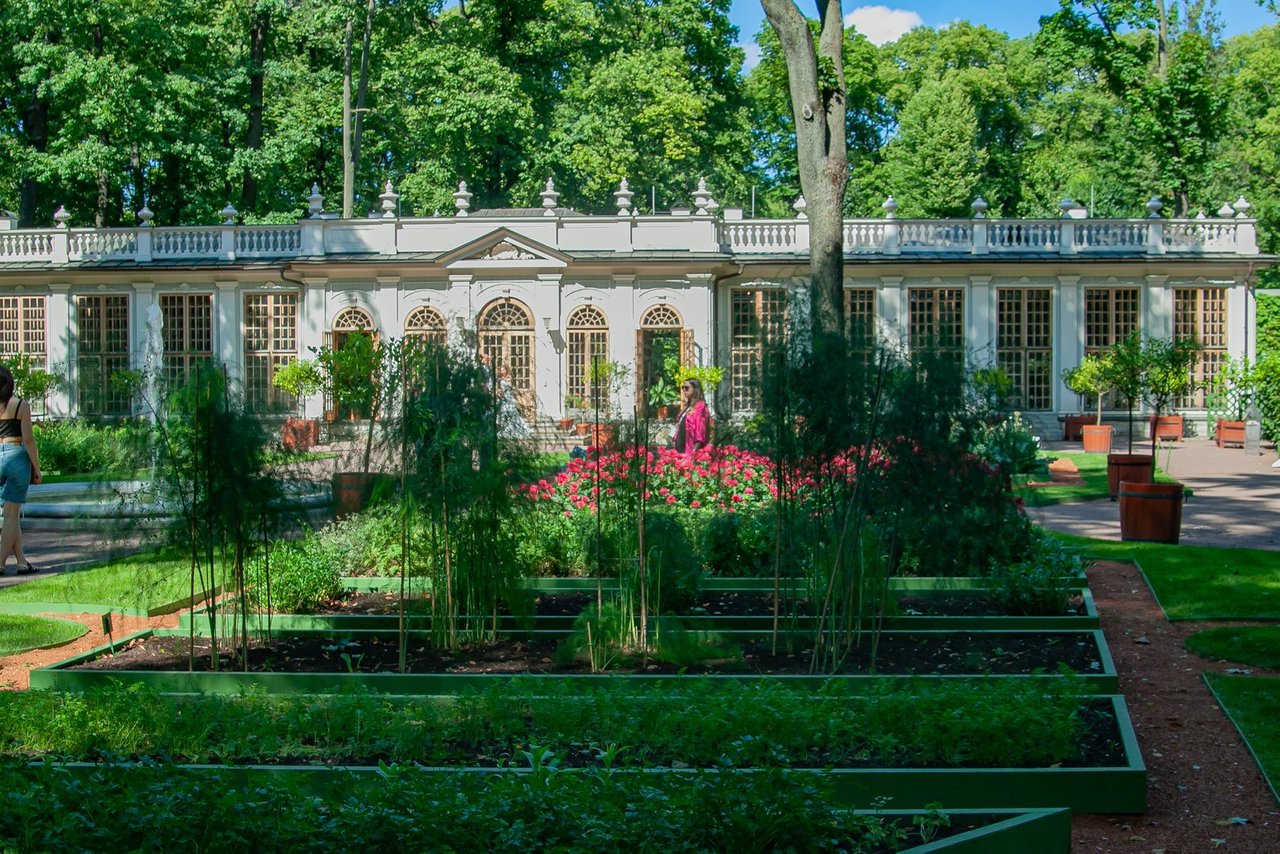

Привет всем любителям путешествий! Сегодня во меня в блоге завершение рассказа о Летнем Саде – одном из красивейших мест Петербурга. Я расскажу, что ещё есть интересного в этом месте кроме фонтанов, скульптур и зелёных аллей.

*СПРАВКА ИЗ СЕТИ: Летний сад – настоящий символ Санкт-Петербурга. Его можно назвать главным и самым известным парком города. Это старейший сад, который в 1704 году приказал заложить сам Петр I. Над проектом трудились известнейшие русские и иностранные архитекторы и садовники. Сегодня парковый шедевр знаменит на весь мир, это одна из главных достопримечательностей города. Летний сад в Санкт-Петербурге со всех сторон обрамляет вода – реки Нева и Фонтанка, Лебяжья канавка и Мойка. Планировка у парка простая: он состоит из трех параллельных аллей с вековыми деревьями.


Когда я опубликовал свой первый пост о Летнем Саде, там был снимок красивого пруда с покатыми берегами. В этом пруду живут два белых лебедя с именами Руслан и Людмила. Это явная отсылка с сказке А.С. Пушкина, рассказывающий о преданности, верности и любви.

Если пройти дальше по аллеям мимо фонтанов, можно обнаружить в уютном уголке сада небольшой зоопарк. Там установлены клетки с кроликами и разными птицами. Дети очень любят посещать это место, хотя животные часто прячутся в глубине своих жилищ, не показываясь на глаза посетителям.

Ещё в Летнем Саде есть несколько небольших кафе. Здесь очень живописно снаружи, но не всегда уютно внутри, ведь количество желающих выпить кофе или съесть пирожок очень большое. В туристический сезон тут всегда многолюдно.
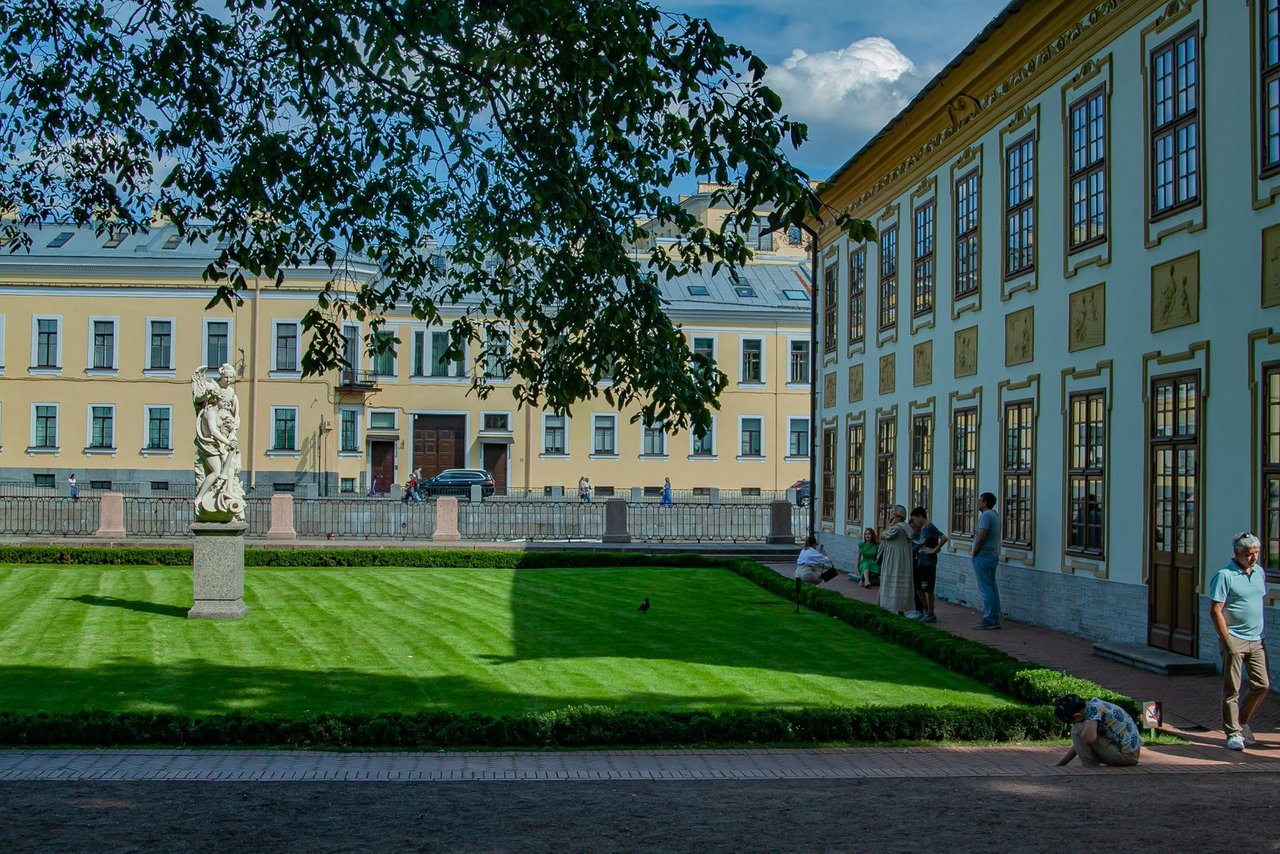
Когда мы попали внуть музея, расположенного на территории Летнего Сада, посетителей здесь было крайне мало. Музей очень маленький, всего два небольших зала, но оборудован он по последнему слову техники. Здесь выставлены несколько витрин с раскопанными образцами посуды и разными археологическими находками, обнаруженными на территории парка в разные годы. Также здесь есть интерактивный экран, где рассказывается и показывается история Летнего Сада.

Возле бывшей оранжереи можно найти не только клумбы с цветами, но и настоящие грядки с редиской, укропом и артишоками. За всем этим маленьким хозяйством аккуратно ухаживают местные садоводы.
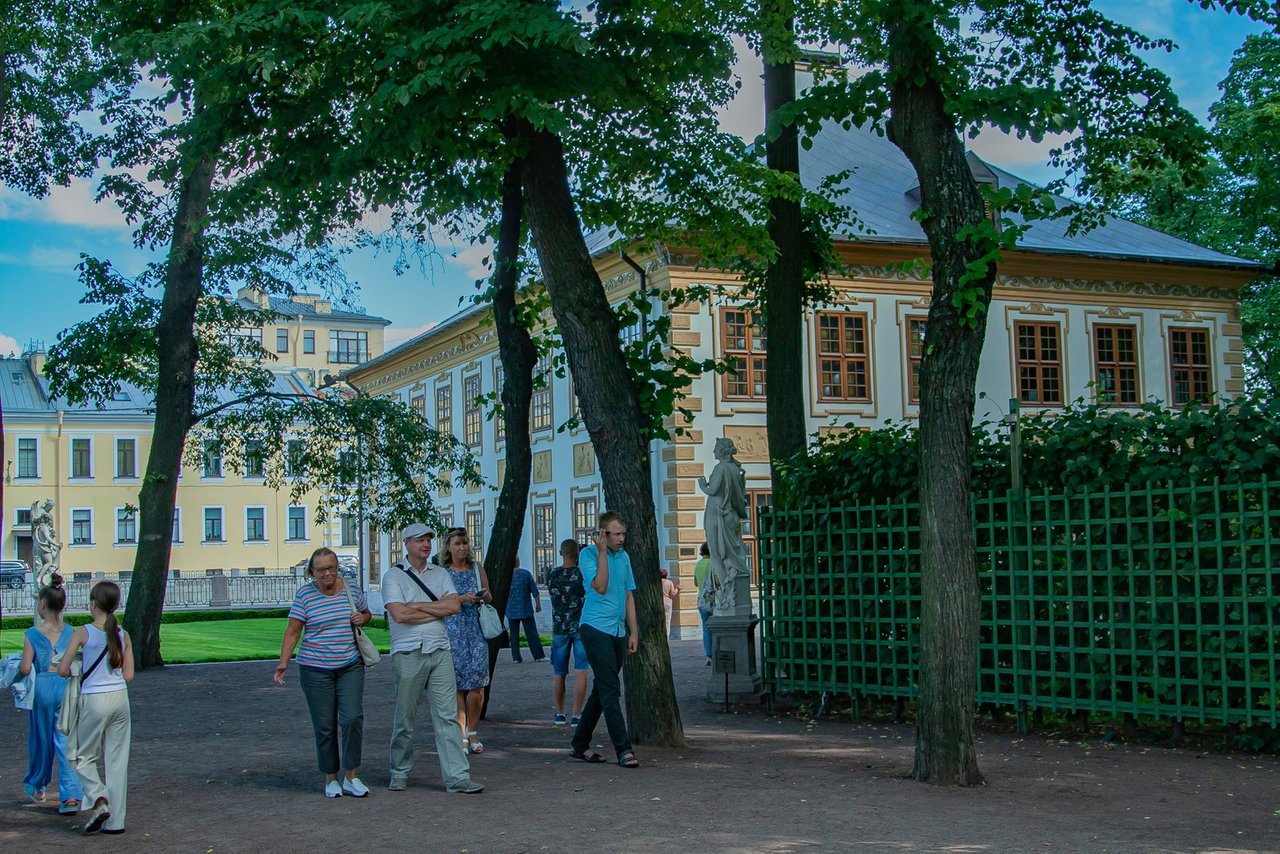
Если пройти к выходу из сада, чуть в стороне располагается летний дворец Петра I. Это двухэтажный особняк, выстроенный по голландской моде начала XVIII века. В тот раз внутрь мы не попали, но я поставил себе галочку на заметку, чтобы посетить этот музей в следующий свой приезд в Петербург.
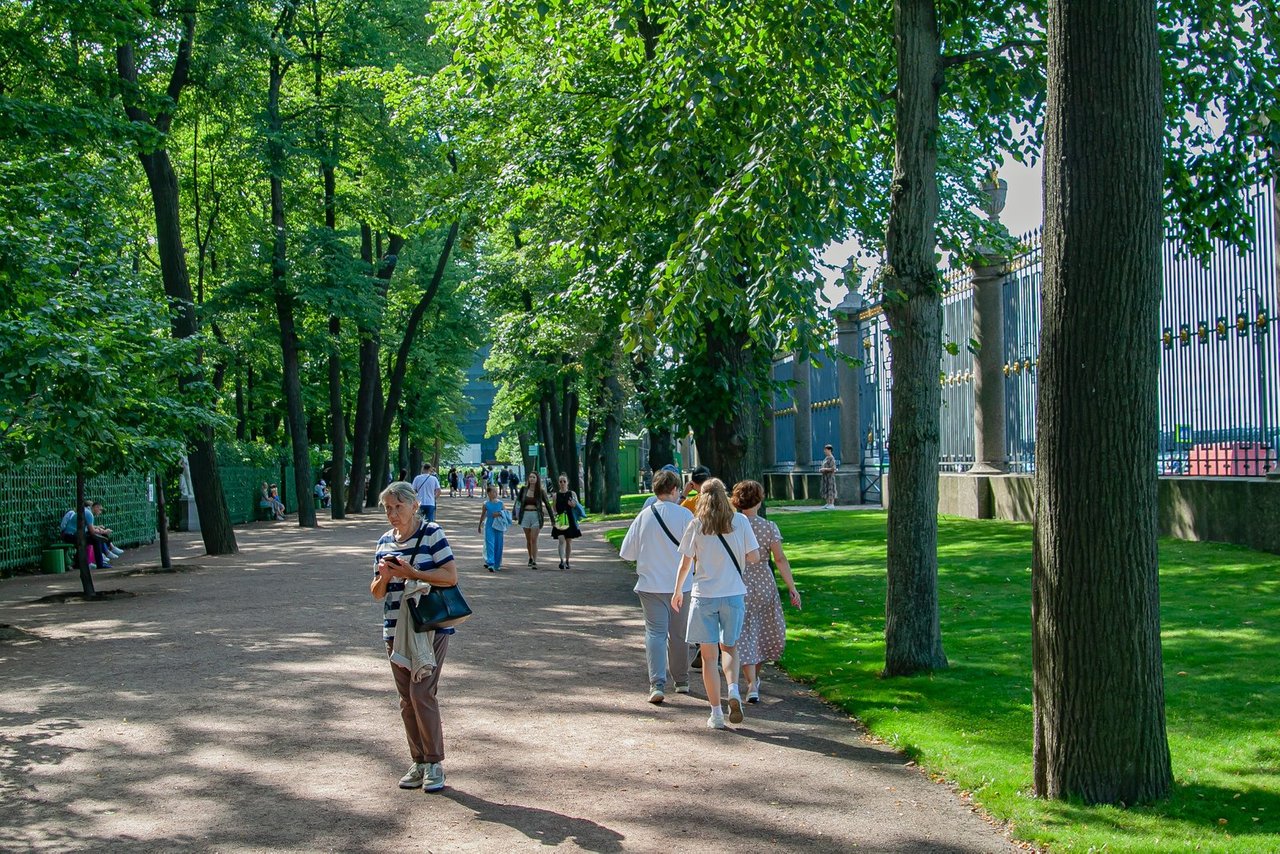
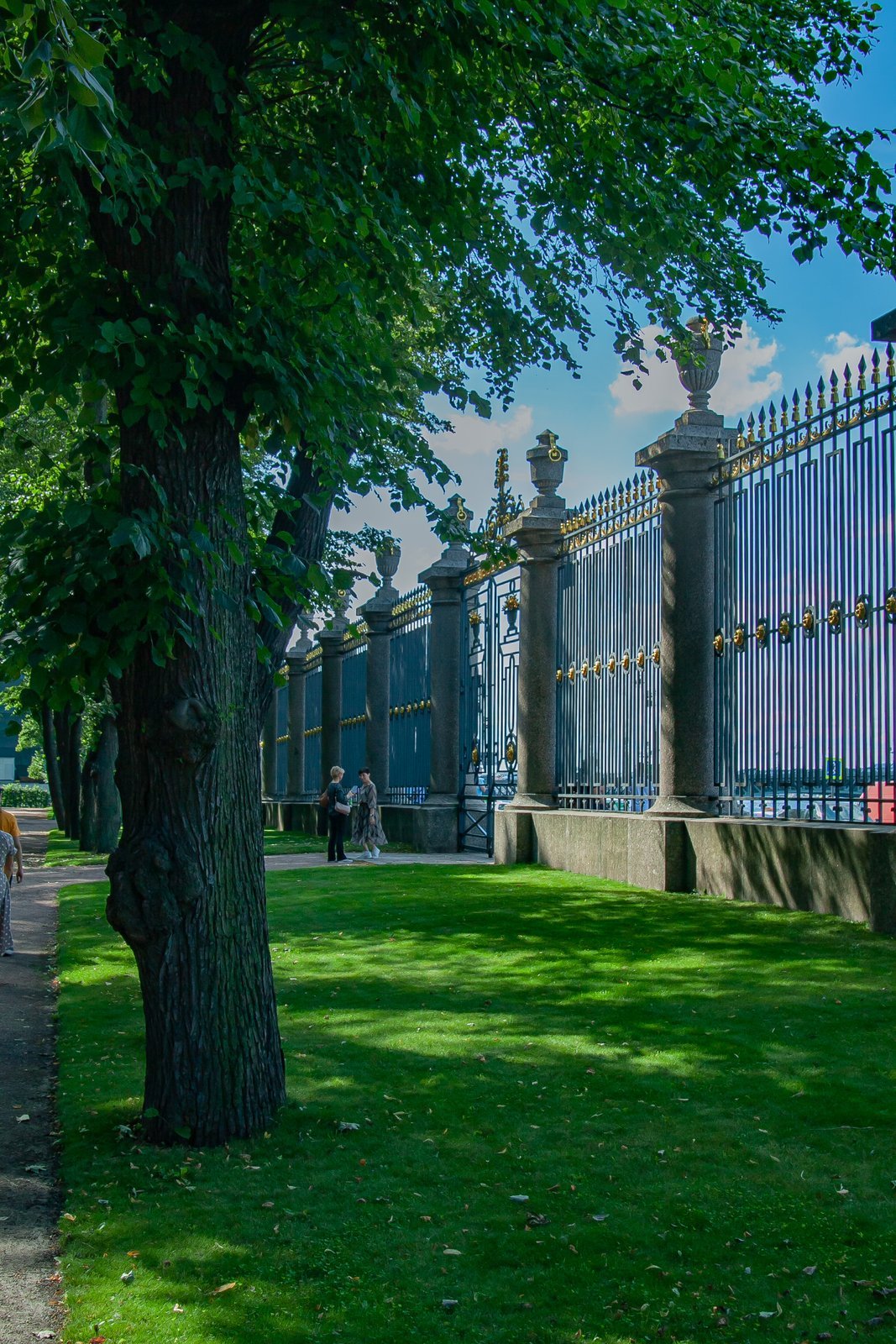
Завтра мы пройдёмся по центральным улицам и переулкам города. Я пригтовил для вас архитектурный пост о больших и маленьких зданиях Петербурга. А на сегодня у меня всё!


Comments